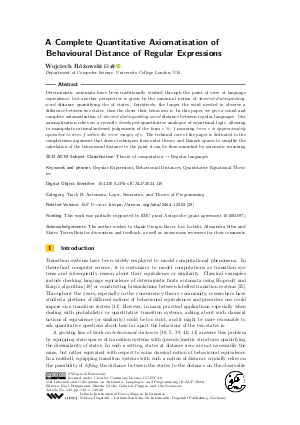LIPIcs.ICALP.2024.149.pdf
- Filesize: 0.88 MB
- 20 pages

 Creative Commons Attribution 4.0 International license
Creative Commons Attribution 4.0 International license








Feedback for Dagstuhl Publishing